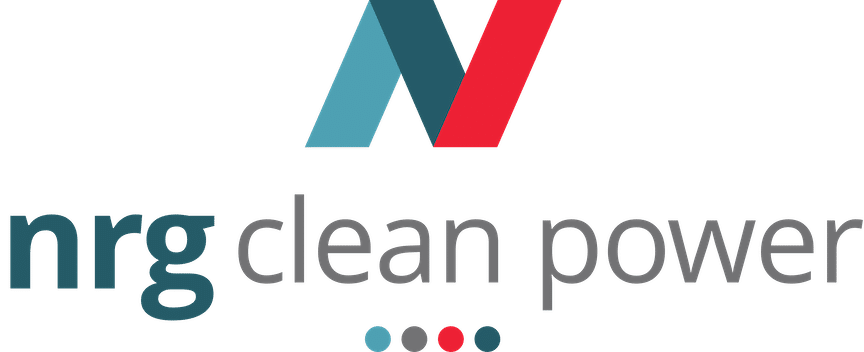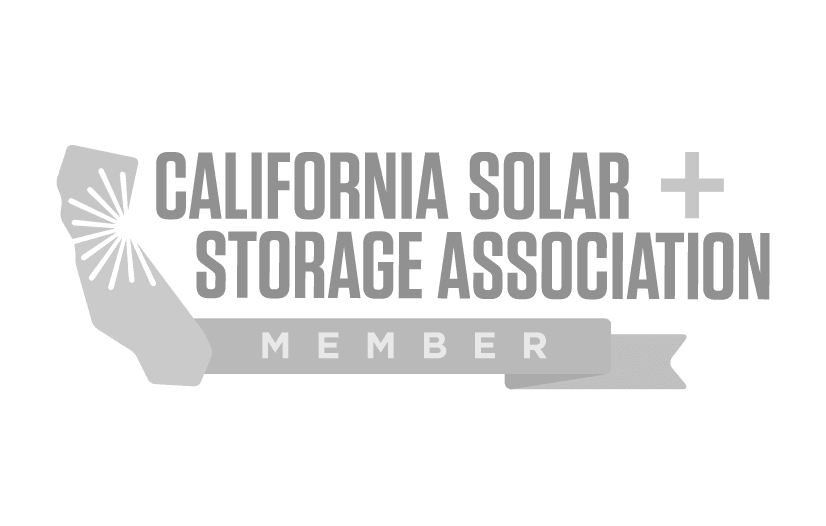The Self-Generation Incentive Program (SGIP) is a California Public Utilities Commission (CPUC) program that offers rebates for installing energy storage technology in your home. These storage technologies include battery storage systems that can function in the event of a power outage.
California already leads the country in solar energy, generating more than 37 percent of the U.S. total solar power. Now, with the addition of incentive programs like the SGIP, California is leading the nation in energy storage as well. This comes as no surprise considering the SGIP is arguably one of the best incentives in the country for homeowners who want to install a home battery with their solar panels. The SGIP makes home batteries accessible to California homeowners—it can cover either most or all of your battery installation.
Want to learn more about battery backups and home energy storage? Then check out our article Home Battery Backup: Your Ultimate Guide.
How much can you save with the Self-Generation Incentive Program?
The SGIP, implemented in 2001, initially benefited commercial customers. However, recently the CPUC has expanded the funding to over $1 billion in preparation for the next wildfire season. This funding includes prioritization of communities living in high fire-threat areas, communities that have experienced two or more utility Public Safety Power Shut-offs (PSPSs), as well as low income and medically vulnerable customers. As a result, this dramatically increased accessibility to the rebate program, further expanding it for residential customers.
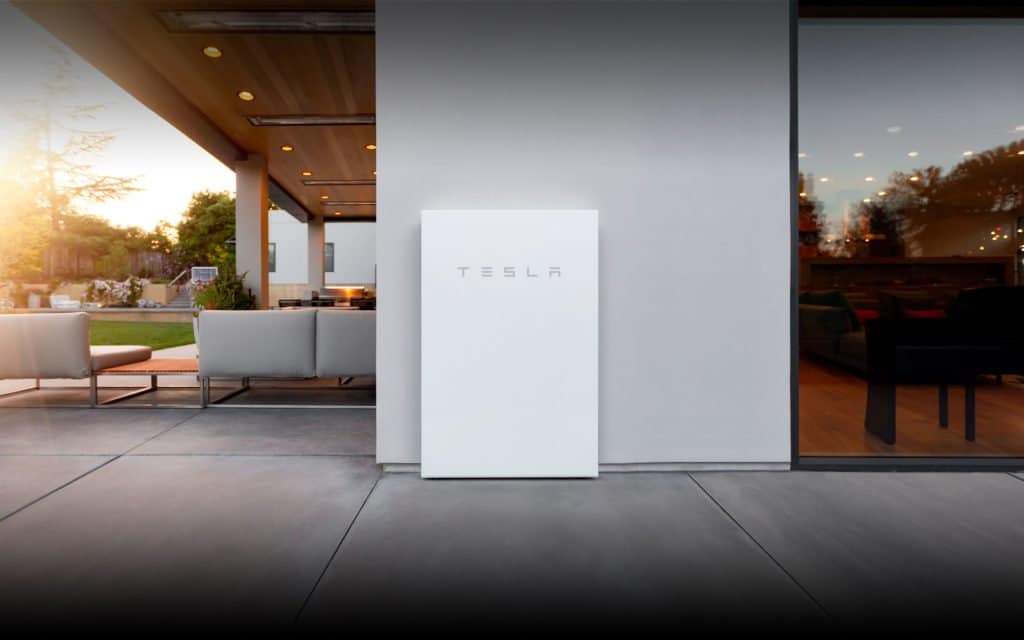
Am I eligible for the Self-Generation Incentive Program Rebate?
Before looking at specific savings, you must first see if you qualify for eligibility.
Any residential customer of Pacific Gas and Electric Company (PG&E), Southern California Edison (SCE), Southern California Gas Company (SoCalGas), or San Diego Gas & Electric (SDG&E) is eligible for a General Market SGIP rebate of approximately $250/kilowatt-hour, which covers about 25 percent of the total system cost. Keep in mind, the program requires the battery to discharge 687 kWh per year for 5 years. This means a minimum of 52 discharges for 5 years.
Also, the CPUC offers additional incentive rebates to eligible customers. In order to see which program you qualify for, check out page two of the CPUC’s SGIP Fact Sheet. Depending on which category you are eligible for, you can receive $850 per kilowatt-hour under the Equity Category or $1,000 per kilowatt-hour under the Equity Resilience Category. Both of these amounts would almost, to potentially completely, cover the cost of an energy storage system for your home.
How Much Will a Tesla Powerwall Cost After the SGIP Rebate?
The Tesla Powerwall 2.0 does qualify considering the system requirements outlined in the SGIP. It is an extremely popular option for homeowners looking to install a home backup battery. Under SGIP step 5, you’re eligible for an incentive rate of $250/kWh incentive, worth a total of $3,375. By taking advantage of the SGIP rebate, the price of your Powerwall would be cut in half. It would drop from around $6,700 (not including cost of other hardware, shipping, installation, and taxes) to $3,325.
The LG Chem RESU also meets the system requirements of the SGIP rebate. Not sure which backup battery is right for you? Then check out our article comparing Tesla Powerwall vs LG Chem.
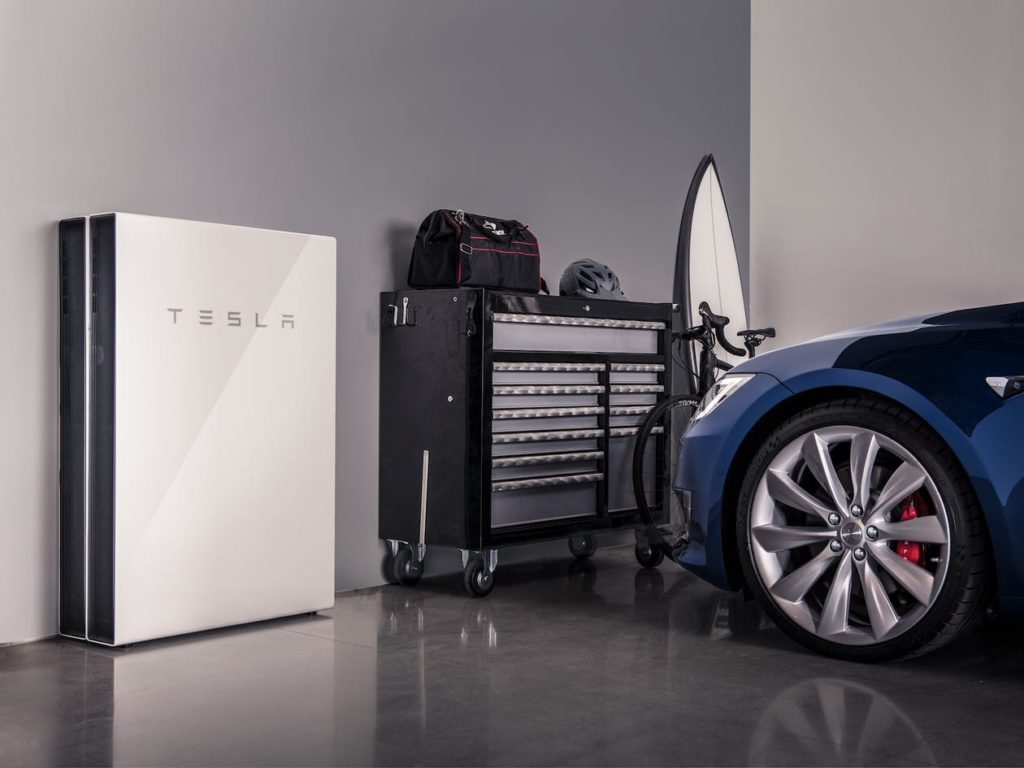
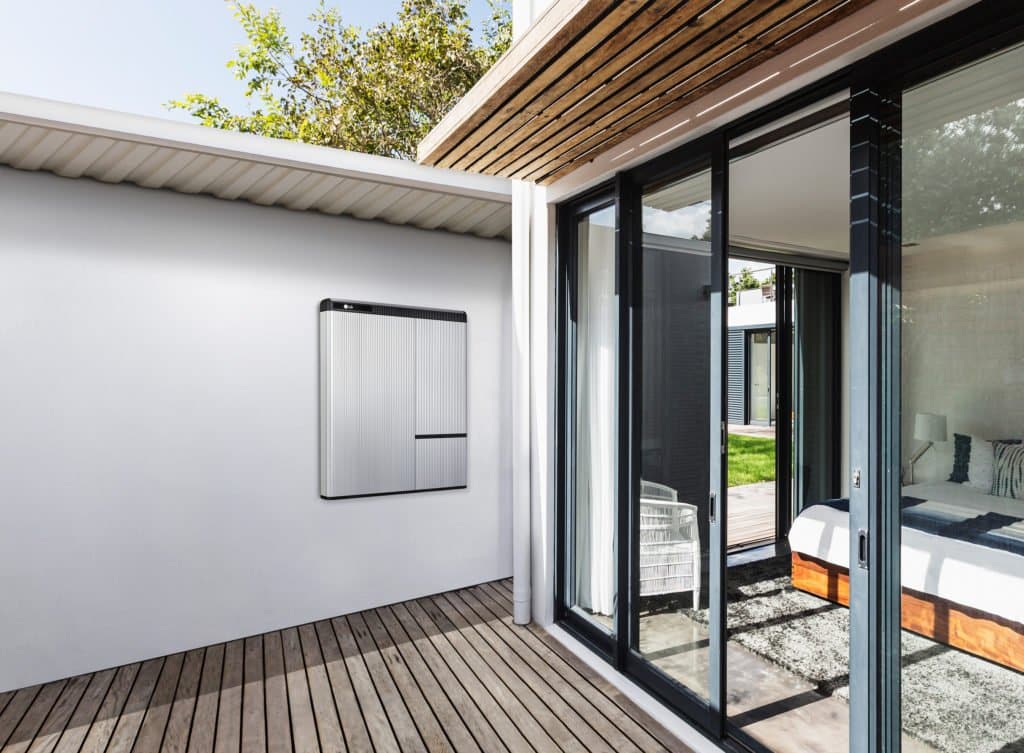
How do I apply for the Self-Generation Incentive Program rebate?
The CPUC makes applying for the SGIP rebate easy! If you work with an energy storage system installer like NRG Clean Power, you won’t have to worry about the application process. We will do all the work for you!
The CPUC has released a guide with four steps for home and business owners to get started with the SGIP rebate:
- Research battery storage installers in your area to find which one is the best for your battery installation.
- Contact installers to get quotes on battery installation prices, the right battery for you, as well as what SGIP program category you qualify for.
- Pick your installer and work with them to complete your installation project.
- Contact your Project Manager with any further questions.
Ready to Get Started? Contact one of our energy experts today by clicking the link below!

Authored by Ryan Douglas
NRG Clean Power's resident writer and solar enthusiast, Ryan Douglas covers all things related to the clean energy industry.
